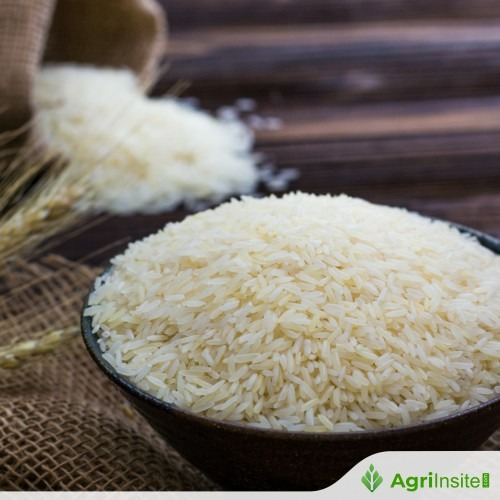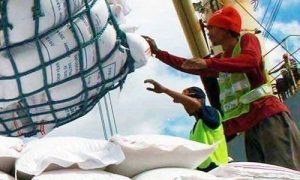Japan seeks to ditch rice output curbs after price surges

Japan plans to boost rice production by ending subsidies that discouraged farming, aiming to stabilize supply and reduce prices. The government will replace outdated crop surveys with AI and satellite data, and has released rice reserves to lower costs. Distribution issues and inaccurate statistics prompted the urgent policy shift.
In response to soaring rice prices that have strained household budgets, the administration of Prime Minister Shigeru Ishiba has tapped government reserves and indicated plans to review Japan’s rice production policies.
Agriculture minister Shinjiro Koizumi has signaled a bold shift in approach, suggesting that Japan may abandon its de facto policy of limiting the cultivation of its staple grain.
“Rather than continuing with agricultural policies that tell farmers not to produce, we intend to encourage them to grow more,” Koizumi emphasized.
In June, the government convened its first ministerial meeting focused on ensuring a stable rice supply. Chairing the meeting, Ishiba heralded a policy pivot toward boosting rice production.
“I ask you to make efforts so that producers will be motivated to grow rice sustainably in the years ahead, and so that stable supplies at prices affordable to consumers can be achieved,” he told fellow ministers.
Currently, the government provides subsidies to farmers to encourage them to restrict rice production and switch to other crops. The aim of the policy is to prevent an oversupply of rice, which could cause prices to plummet.
To increase rice production, it is essential to review the current production adjustment policy and establish an effective safety net to protect farmers from significant price fluctuations.
During his tenure as agriculture minister under then-Prime Minister Taro Aso, Ishiba also advocated reviewing rice production adjustments.
He acknowledged that the existing policy — maintaining a tight supply-demand balance through production curbs to support rice prices — has “exceeded a certain limit.” The key issue now is how far the government is willing to go in implementing a drastic policy overhaul.
Koizumi has started investigating the factors behind the sharp rise in rice prices over the past year, as well as exploring potential solutions to address the issue. The effort is taking place alongside ongoing discussions about the direction of medium- to long-term agricultural policy.
Last summer, when retailers experienced a severe rice shortage, the agriculture ministry anticipated that the problem would be resolved once the new rice harvest reached the market.
In reality, however, the volume of rice purchased by the National Federation of Agricultural Cooperative Associations, or Zen-Noh, and other major intermediaries that buy grain from farmers and sell it to wholesalers was significantly lower than during the same period in the previous year. Zen-Noh has long overseen most of Japan’s rice distribution. The unexpected decline caused widespread confusion across the industry.
Koizumi acknowledged that the ministry had misjudged the situation.
An investigation by the ministry showed that rice was being distributed through new channels that bypass Zen-Noh and other traditional intermediaries.
Amid concerns that the rice distribution process has become a “black box,” the ministry has launched a fact-finding survey. It has requested all of the approximately 70,000 intermediaries and wholesalers to report key information, including the balance of their rice inventories as of the end of June.
In addition, the ministry is reviewing production statistics. While official data suggest that rice production is sufficient, stores across the country have reported ongoing shortages. Some industry observers have highlighted discrepancies between the government’s statistics and farmers’ reports of actual harvest yields.
The ministry plans to discontinue publication of the crop condition index beginning with the 2025 rice harvest. Instead, it aims to leverage satellite data and artificial intelligence to enhance the accuracy of its crop surveys.
Stabilizing rice prices remains a top priority for the ministry.
Since late May, it has gradually released rice reserves through contracts that bypass the conventional bidding process. As a result, supermarket rice prices, which had remained elevated, have started to decline, even dropping below ¥4,000 ($27) per 5 kilograms, the target set by Ishiba.
Still, the inexpensive stockpiled rice now being released for around ¥2,000 must be sold by the end of August under the current rule. Major retailers have called on the government to reconsider this requirement, but Koizumi has said he has no intention of changing it.
Moreover, the outlook for rice prices in autumn and beyond remains uncertain, as new crops harvested in 2025 become widely available on the market. In these circumstances, there is little room for optimism.
“We have to make sure that we don’t return to a situation in which rice prices are high,” Koizumi said.
To Read more about Rice News continue reading Agriinsite.com
Source : Japan Times














